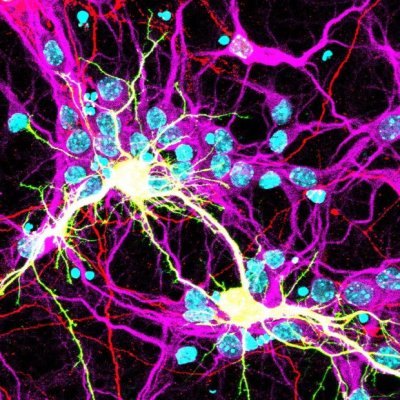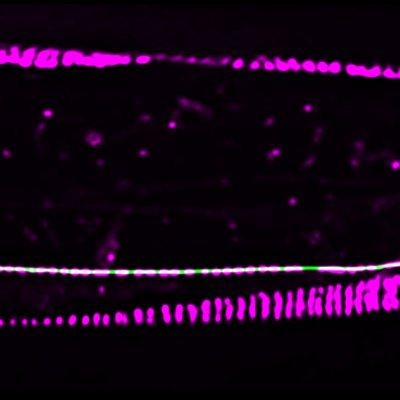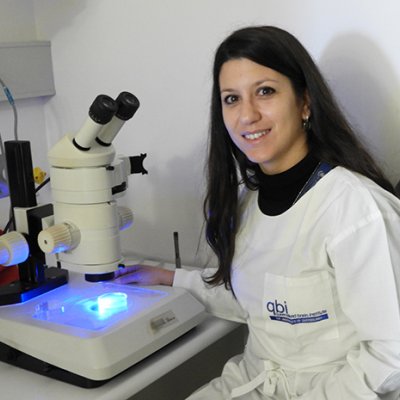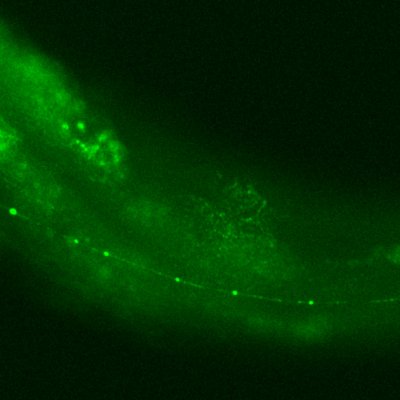Researchers at QBI have discovered viruses such as SARS-CoV-2 can cause brain cells to fuse, initiating malfunctions that lead to chronic neurological symptoms.
8 June 2023Researchers at The University of Queensland have identified a molecule essential for regulating the repair of injured nerves, which could help people recover from nerve damage.
17 March 2022A way in which some connections between brain cells can resist degeneration – a hallmark of traumatic brain injuries and neurodegenerative diseases — has been discovered by researchers at The University of Queensland.
16 January 2020Years of hard work have led Dr Alessandra Donato to the cusp of a discovery that could result in new treatments for neurodegenerative diseases like Alzheimer’s and Parkinson’s disease.
18 July 2019A discovery in a transparent roundworm has brought scientists one step closer to understanding why nerves degenerate.
20 September 2017TEDxUQ will return to The University of Queensland on 12 August, under the banner Thinking Out Loud.
8 August 2017



